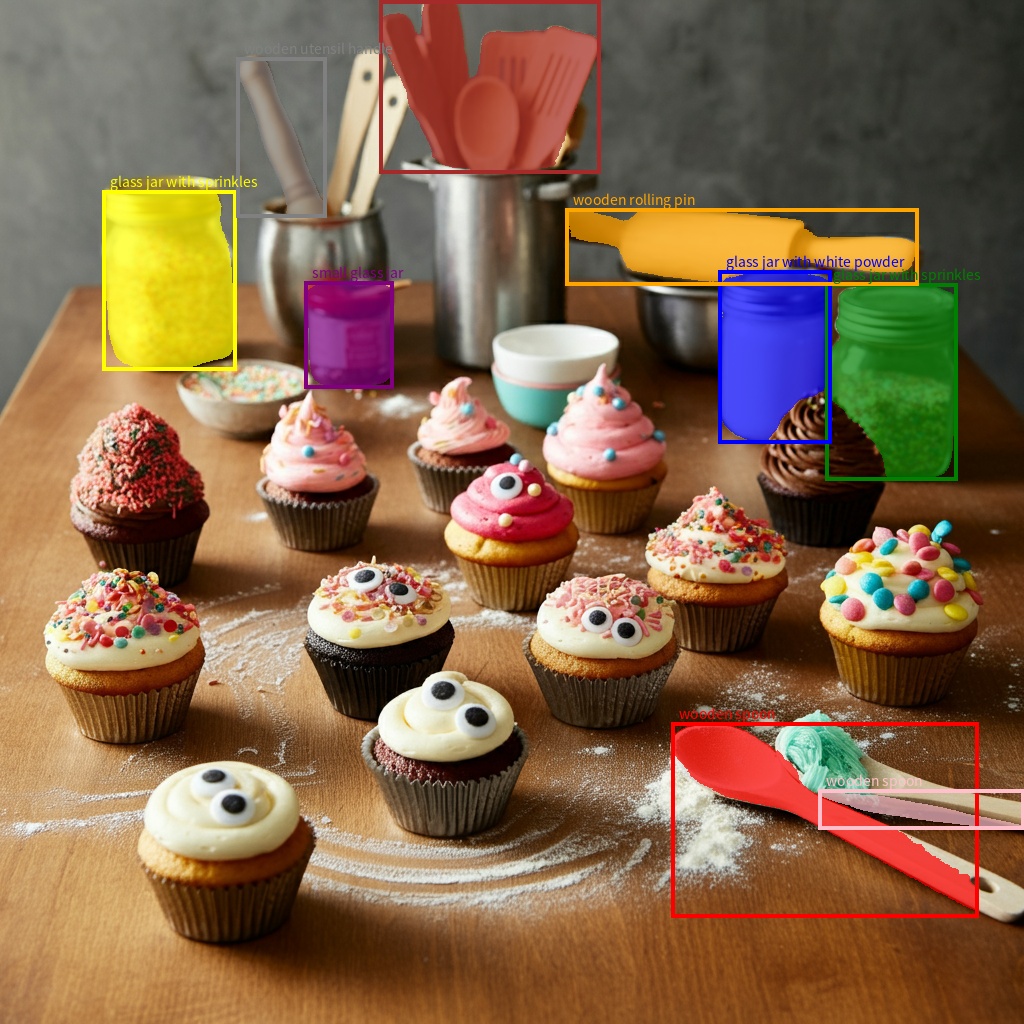图片理解
准备工作
图片输入
generateContent 发出请求。对于大于 20MB 的文件,或者您想在多个请求中重复使用文件时,请使用此方法。generateContent。请对较小的文件(总请求大小小于 20MB)或直接从网址提取的图片使用此方法。上传图片文件
generateContent 时使用该文件。IMAGE_PATH="path/to/sample.jpg"
MIME_TYPE=$(file -b --mime-type "${IMAGE_PATH}")
NUM_BYTES=$(wc -c < "${IMAGE_PATH}")
DISPLAY_NAME=IMAGE
tmp_header_file=upload-header.tmp
# Initial resumable request defining metadata.
# The upload url is in the response headers dump them to a file.
curl "https://generativelanguage.googleapis.com/upload/v1beta/files?key=${GOOGLE_API_KEY}" \
-D upload-header.tmp \
-H "X-Goog-Upload-Protocol: resumable" \
-H "X-Goog-Upload-Command: start" \
-H "X-Goog-Upload-Header-Content-Length: ${NUM_BYTES}" \
-H "X-Goog-Upload-Header-Content-Type: ${MIME_TYPE}" \
-H "Content-Type: application/json" \
-d "{'file': {'display_name': '${DISPLAY_NAME}'}}" 2> /dev/null
upload_url=$(grep -i "x-goog-upload-url: " "${tmp_header_file}" | cut -d" " -f2 | tr -d "\r")
rm "${tmp_header_file}"
# Upload the actual bytes.
curl "${upload_url}" \
-H "Content-Length: ${NUM_BYTES}" \
-H "X-Goog-Upload-Offset: 0" \
-H "X-Goog-Upload-Command: upload, finalize" \
--data-binary "@${IMAGE_PATH}" 2> /dev/null > file_info.json
file_uri=$(jq ".file.uri" file_info.json)
echo file_uri=$file_uri
# Now generate content using that file
curl "https://generativelanguage.googleapis.com/v1beta/models/gemini-2.0-flash:generateContent?key=$GOOGLE_API_KEY" \
-H 'Content-Type: application/json' \
-X POST \
-d '{
"contents": [{
"parts":[
{"file_data":{"mime_type": "${MIME_TYPE}", "file_uri": '$file_uri'}},
{"text": "Caption this image."}]
}]
}' 2> /dev/null > response.json
cat response.json
echo
jq ".candidates[].content.parts[].text" response.json以内嵌方式传递图片数据
generateContent,而无需上传图片文件。这适用于较小的图片(总请求大小小于 20MB)或直接从网址提取的图片。IMG_PATH=/path/to/your/image1.jpg
if [[ "$(base64 --version 2>&1)" = *"FreeBSD"* ]]; then
B64FLAGS="--input"
else
B64FLAGS="-w0"
fi
curl "https://generativelanguage.googleapis.com/v1beta/models/gemini-2.0-flash:generateContent?key=$GOOGLE_API_KEY" \
-H 'Content-Type: application/json' \
-X POST \
-d '{
"contents": [{
"parts":[
{
"inline_data": {
"mime_type":"image/jpeg",
"data": "'\$(base64 \$B64FLAGS \$IMG_PATH)'"
}
},
{"text": "Caption this image."},
]
}]
}' 2> /dev/nullIMG_URL="https://goo.gle/instrument-img"
MIME_TYPE=$(curl -sIL "$IMG_URL" | grep -i '^content-type:' | awk -F ': ' '{print $2}' | sed 's/\r$//' | head -n 1)
if [[ -z "$MIME_TYPE" || ! "$MIME_TYPE" == image/* ]]; then
MIME_TYPE="image/jpeg"
fi
if [[ "$(base64 --version 2>&1)" = *"FreeBSD"* ]]; then
B64FLAGS="--input"
else
B64FLAGS="-w0"
fi
curl "https://generativelanguage.googleapis.com/v1beta/models/gemini-2.0-flash:generateContent?key=$GOOGLE_API_KEY" \
-H 'Content-Type: application/json' \
-X POST \
-d '{
"contents": [{
"parts":[
{
"inline_data": {
"mime_type":"'"$MIME_TYPE"'",
"data": "'$(curl -sL "$IMG_URL" | base64 $B64FLAGS)'"
}
},
{"text": "Caption this image."}
]
}]
}' 2> /dev/null使用多张图片提示
contents 数组中添加多个图片 Part 对象。这些数据可以是内嵌数据(本地文件或网址)和 File API 引用的混合。# Upload the first image
IMAGE1_PATH="path/to/image1.jpg"
MIME1_TYPE=$(file -b --mime-type "${IMAGE1_PATH}")
NUM1_BYTES=$(wc -c < "${IMAGE1_PATH}")
DISPLAY_NAME1=IMAGE1
tmp_header_file1=upload-header1.tmp
curl "https://generativelanguage.googleapis.com/upload/v1beta/files?key=${GOOGLE_API_KEY}" \
-D upload-header1.tmp \
-H "X-Goog-Upload-Protocol: resumable" \
-H "X-Goog-Upload-Command: start" \
-H "X-Goog-Upload-Header-Content-Length: ${NUM1_BYTES}" \
-H "X-Goog-Upload-Header-Content-Type: ${MIME1_TYPE}" \
-H "Content-Type: application/json" \
-d "{'file': {'display_name': '${DISPLAY_NAME1}'}}" 2> /dev/null
upload_url1=$(grep -i "x-goog-upload-url: " "${tmp_header_file1}" | cut -d" " -f2 | tr -d "\r")
rm "${tmp_header_file1}"
curl "${upload_url1}" \
-H "Content-Length: ${NUM1_BYTES}" \
-H "X-Goog-Upload-Offset: 0" \
-H "X-Goog-Upload-Command: upload, finalize" \
--data-binary "@${IMAGE1_PATH}" 2> /dev/null > file_info1.json
file1_uri=$(jq ".file.uri" file_info1.json)
echo file1_uri=$file1_uri
# Prepare the second image (inline)
IMAGE2_PATH="path/to/image2.png"
MIME2_TYPE=$(file -b --mime-type "${IMAGE2_PATH}")
if [[ "$(base64 --version 2>&1)" = *"FreeBSD"* ]]; then
B64FLAGS="--input"
else
B64FLAGS="-w0"
fi
IMAGE2_BASE64=$(base64 $B64FLAGS $IMAGE2_PATH)
# Now generate content using both images
curl "https://generativelanguage.googleapis.com/v1beta/models/gemini-2.0-flash:generateContent?key=$GOOGLE_API_KEY" \
-H 'Content-Type: application/json' \
-X POST \
-d '{
"contents": [{
"parts":[
{"text": "What is different between these two images?"},
{"file_data":{"mime_type": "'"${MIME1_TYPE}"'", "file_uri": '$file1_uri'}},
{
"inline_data": {
"mime_type":"'"${MIME2_TYPE}"'",
"data": "'"$IMAGE2_BASE64"'"
}
}
]
}]
}' 2> /dev/null > response.json
cat response.json
echo
jq ".candidates[].content.parts[].text" response.json获取对象的边界框
PROMPT="Detect the all of the prominent items in the image. The box_2d should be [ymin, xmin, ymax, xmax] normalized to 0-1000."主要优势
技术详情
[y_min, x_min, y_max, x_max] 格式。左上角是原点。x 轴是水平轴,y 轴是垂直轴。每个图片的坐标值都进行标准化处理,范围为 0-1000。归一化坐标
[y_min, x_min, y_max, x_max] 格式返回边界框坐标。如需将这些归一化坐标转换为原始图片的像素坐标,请按以下步骤操作:1.
2.
3.
图片分割
box_2d”),格式为 [y0, x0, y1, x1],归一化坐标介于 0 到 1000 之间,一个用于标识对象的标签(“label”),最后是边界框内的分割掩码,以 base64 编码的 png 格式表示,即值介于 0 到 255 之间的概率图。需要调整遮罩的大小,使其与边界框的尺寸一致,然后根据置信度阈值进行二值化处理(中点为 127)。PROMPT='''
Give the segmentation masks for the wooden and glass items.
Output a JSON list of segmentation masks where each entry contains the 2D
bounding box in the key "box_2d", the segmentation mask in key "mask", and
the text label in the key "label". Use descriptive labels.
''' 图片中木制和玻璃物体的遮罩
图片中木制和玻璃物体的遮罩支持的图片格式
image/pngimage/jpegimage/webpimage/heicimage/heif有关图片的技术细节
contents 数组中的图片部分后面。后续步骤
修改于 2025-04-23 06:32:39